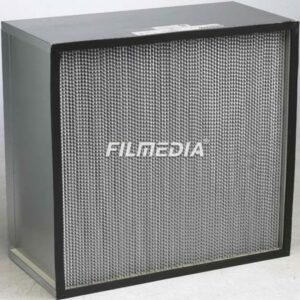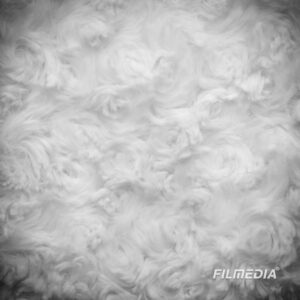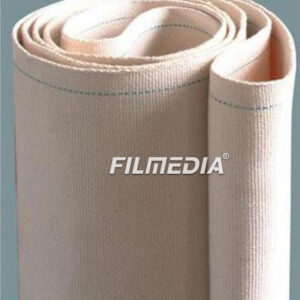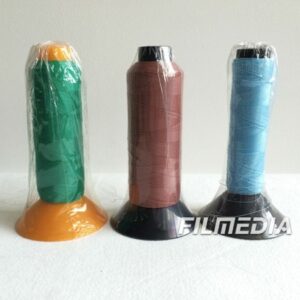Method of spraying the skeleton of the dust collector and introduction
As a bag dust collector skeleton, the importance of its quality is obvious. So how can the performance of the dust collector frame be strengthened? Electrostatic painting of the dust collector frame is a good protection measure, which will be much better than the general galvanized dust collector frame.
The galvanized dust collector frame is easily affected by environmental factors and therefore corrodes, which directly reduces the life of the dust collector and dust bag.
Adhesion and mechanical strength of the dust collector frame will increase after printing
The frame of the dust collector after spraying can withstand higher temperatures.
Due to the spraying, the surface is smoother, which favors installation.
The principle of spraying the structure of the dust collector: the use of the corona discharge phenomenon to make the powder coating adsorb on the workpiece. The process is as follows: the powder coating is sent to the spray gun by the compressed air gas of the power supply system, and the high voltage generated by the high voltage electrostatic generator is added to the front of the spray gun. Due to corona discharge, a dense charge is generated near the dust, and the dust is sprayed from the nozzle. At this time, charged paint particles are formed, which are attracted to the workpiece with the opposite polarity by electrostatic force. As the spray dust increases, the charge buildup is greater. When it reaches a certain thickness, due to the effect of electrostatic repulsion, it will not continue to adsorb, so that the whole workpiece gets a certain thickness of powder coating, and then the powder melts, levels, and solidifies after high temperature, that is, a hard coating film is formed on the surface of the workpiece.
In fact, spraying the skeleton of the dust collector is mainly to pay attention to prior oil removal, oxide removal, and phosphatization. When sprayed, the polyester powder is preferably used, and the temperature is controlled between 180-260 degrees Celsius. After curing at high temperature, cooling is required.





